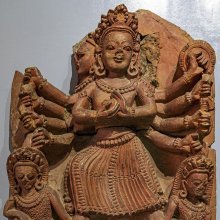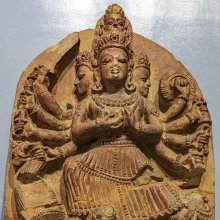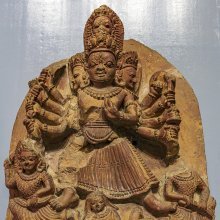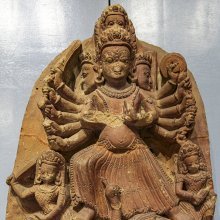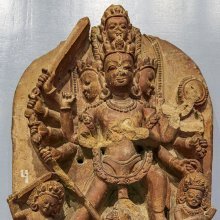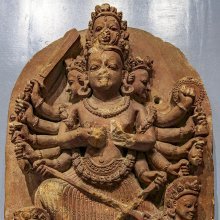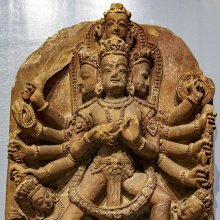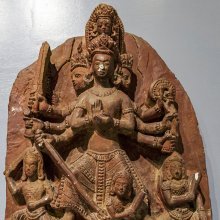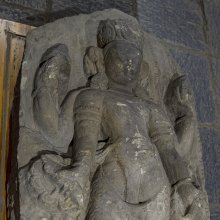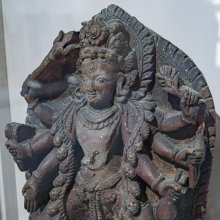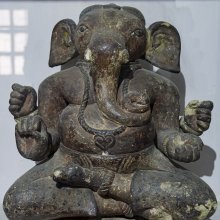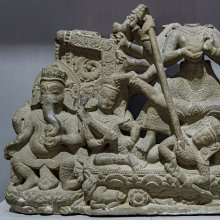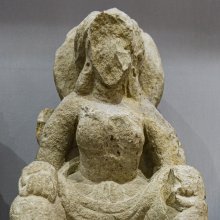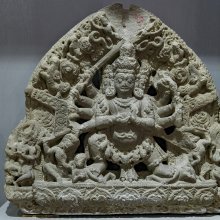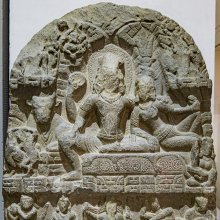Hindu Terra Cotta Sculptures (NMN) [Photo gallery]
These photos represent Hindu terra cotta sculptures (mrinmaya-kala) and are exhibited in the National Museum of Nepal (Kathmandu), also known as the Rashtriya Museum. [...] The origin of terracotta art in Nepal can be traced as far back as the 3rd century B.C. with the findings of terracotta toys and potteries from South-western Nepal terai.
From the time of the Lichhavis, Nepali artists introduced the terracotta art in the form of hand-pressed moulds. During the medieval period, this art form reached the height of its glory. The Mahabodhi temple of Patan is one of the magnificent examples of the terracotta art in Nepal. The whole temple is made of different size brick panel with the miniature image of Lord Buddha in the bhu-sparsha (earth witness) posture in each piece of the brick.
The terracotta images displayed here in this gallery are from the time of 17th-18th century A.D. The images of Astamatrika particularly Brahmayani, Shailaputri, Chandraghanta, Vaishnavi, Kusmanda, Bhavani, Maha Gauri, Chamunda, Kali and Varahi are some of the chosen masterpieces of the terracotta art. The image of Matsyavatar, Ganesh and Baban Bhairav are also equally beautiful and magnificent.
Gallery: 19 images
Click each photos to see detailled description, exif-information and high-resolution:
